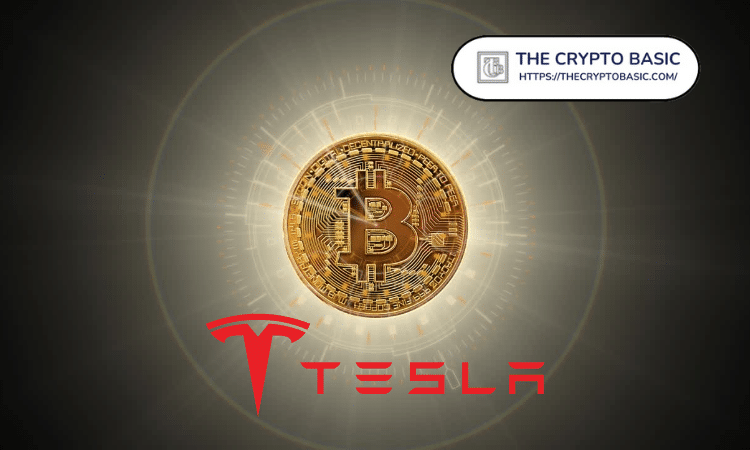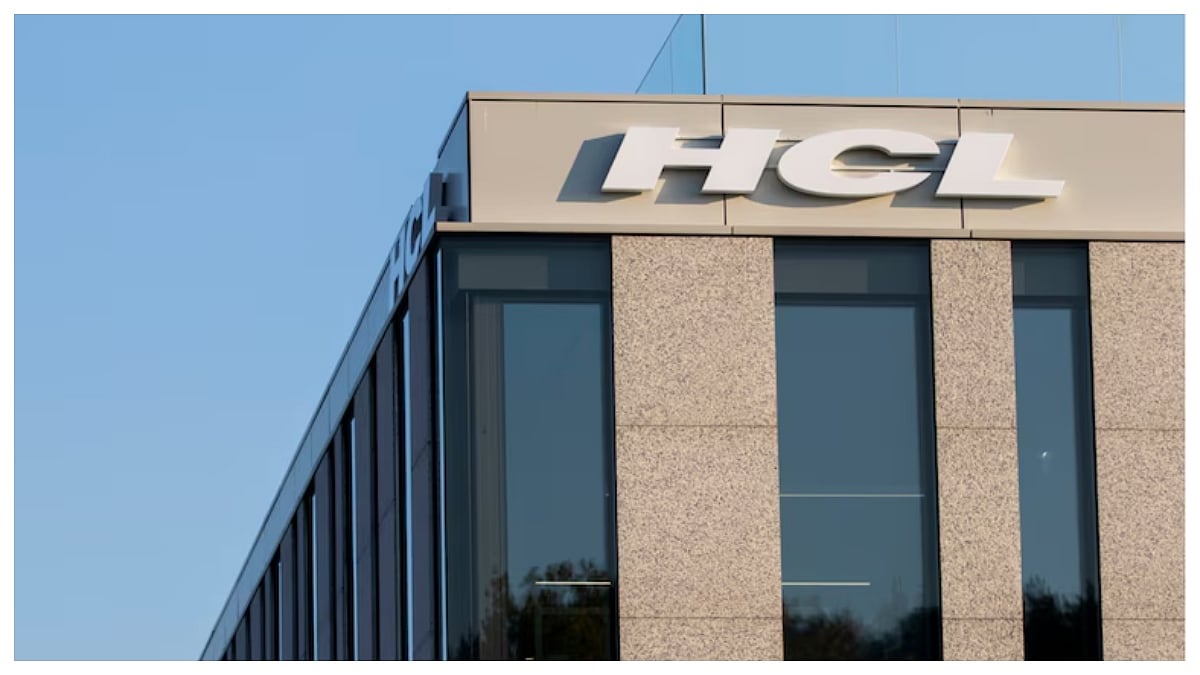The US Federal Reserve is considering introducing a new type of payment account designed to make it easier for smaller companies to participate in the central bank’s payment system. This move signals a potential end to the crypto industry’s long-standing banking access challenges.
The newly proposed “payment accounts” aim to grant full access to fintech companies seeking to utilize the Fed’s payment services. Currently, these services are reserved for large banks and financial institutions through the Fed’s “master accounts.”
“I believe we can and should do more to support those actively transforming the payment system,” said Fed Governor Christopher J. Waller during his speech at the Payments Innovation Conference on Tuesday. He added, “To that end, I have asked Federal Reserve staff to explore the idea of what I am calling a ‘payment account.’”
The payment accounts would be available for all institutions legally eligible for an account but that currently conduct payment services through a third-party bank. These “skinny” master accounts would provide access to the Fed’s payment rails while controlling for various risks to the Federal Reserve and the payment system, Waller explained.
While the idea is still in an experimental stage, it signals a growing effort toward integrating fintech and crypto payment companies into the traditional finance (TradFi) system.
### Positive Implications for the Crypto Industry
Industry watchers view this development positively for the crypto sector, which has faced significant banking challenges in the past. During former President Joe Biden’s administration, at least 30 tech and crypto founders were reportedly denied banking access in an effort some insiders describe as “Operation Chokepoint 2.0.”
“THANK YOU, Gov Waller, for realizing the terrible mistake the Fed made in blocking payments-only banks from Fed master accounts, and re-opening the access rules the Fed enacted to keep @custodiabank out,” Caitlin Long, founder and CEO of Custodia Bank, wrote in a Tuesday post on X. She added, “The Fed told courts that such firms would put financial stability at risk for being inherently unsafe & unsound. Thank you for admitting that’s not true—it never was true!”
The collapse of crypto-friendly banks in 2023 first sparked allegations of Operation Chokepoint 2.0. Critics, including venture capitalist Nic Carter, described it as a government initiative to pressure banks into cutting ties with cryptocurrency firms.
### Fed’s Focus on Innovation: Tokenization, Smart Contracts, and AI
The Fed has been experimenting with blockchain technology for payments even before introducing the idea of “skinny” master accounts. The central bank has also been exploring artificial intelligence for payment-related use cases.
“We are also looking ahead, conducting hands-on research on tokenization, smart contracts, and the intersection of AI and payments for use in our own payment systems,” Waller said.
“We do this to understand the innovation happening within the payment system as well as to evaluate whether these technologies could provide opportunities to upgrade our own payment infrastructures,” he added.
This initiative highlights the Fed’s active role in embracing technological advancements that could transform the future of payments and financial services.
https://cointelegraph.com/news/fed-mulls-payment-accounts-fintechs-small-companies?utm_source=rss_feed&utm_medium=feed&utm_campaign=rss_partner_inbound


